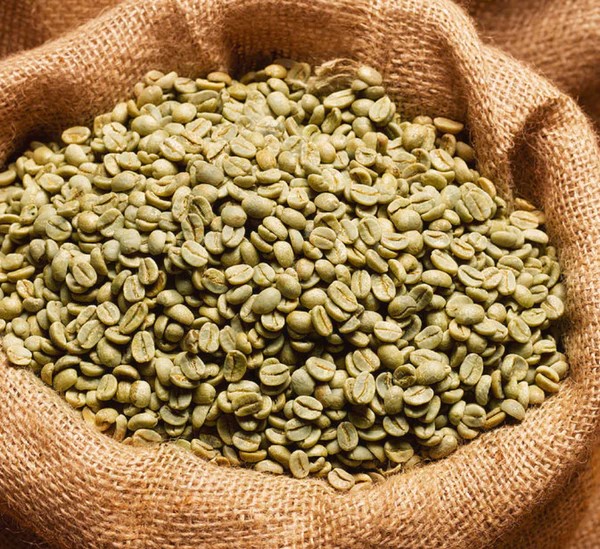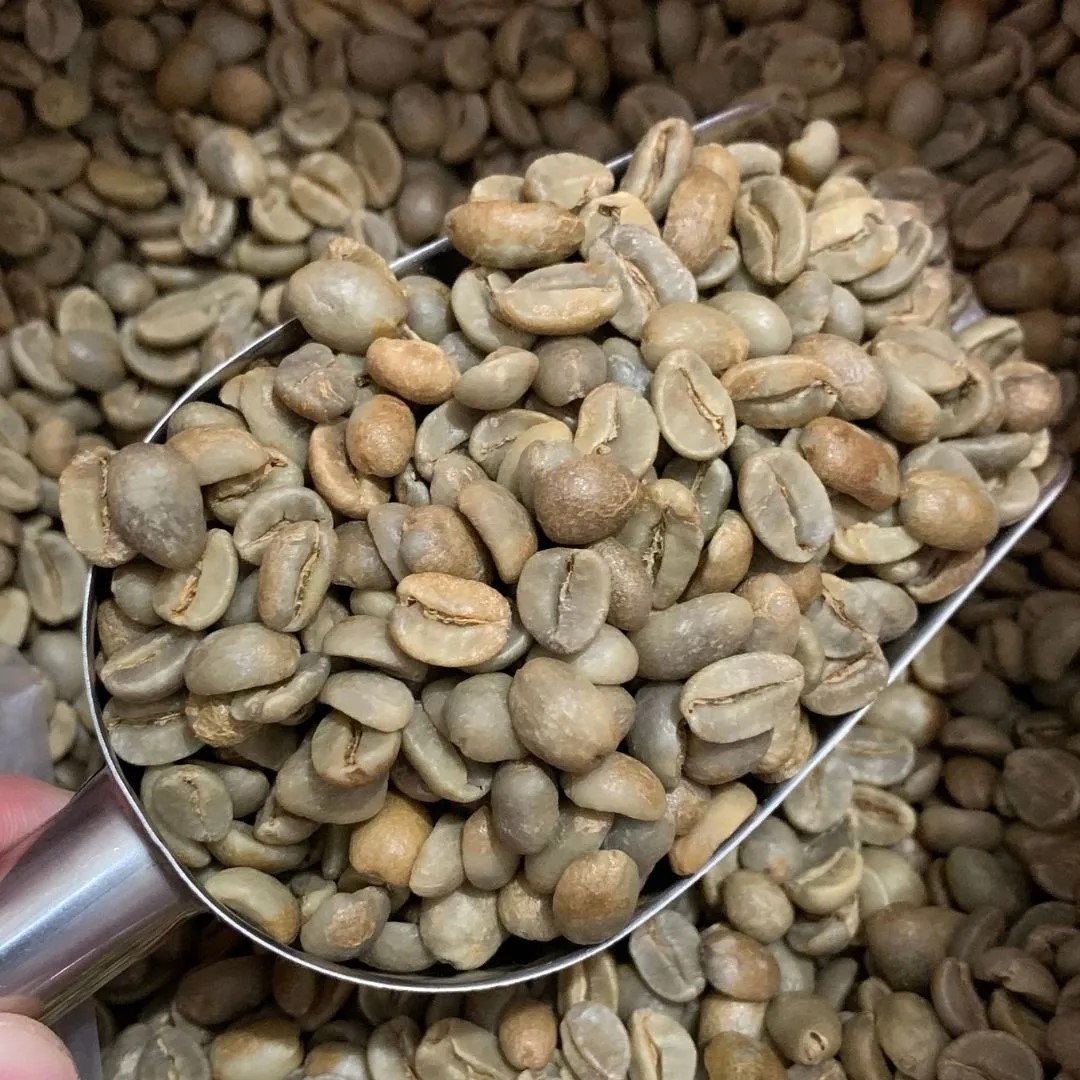Description
Robusta and Arabica are the two primary types of coffee beans, each with distinct characteristics that influence flavor, growing conditions, and overall market preference.
Arabica beans are generally considered higher quality and are known for their smooth, nuanced flavors. They are grown at higher altitudes, requiring cooler temperatures and more specific growing conditions. Arabica beans have a milder, sweeter taste profile with notes that can include fruit, floral, and even chocolate undertones. They contain less caffeine compared to Robusta, making them more appealing to coffee connoisseurs who prefer complex flavors. Arabica accounts for about 60-70% of the global coffee production.
Robusta, on the other hand, is hardier and more robust (hence the name). It thrives at lower altitudes and in hotter climates. Robusta beans have a stronger, more bitter flavor, often described as earthy or woody, with a higher caffeine content than Arabica. This gives Robusta a more intense, sometimes harsher taste. Because of its resilience and higher yield, Robusta is less expensive to produce, and is often used in instant coffee or as a filler in espresso blends to provide a stronger kick.
In short, Arabica is prized for its smooth, refined taste, while Robusta is known for its bold, bitter profile and higher caffeine content.


